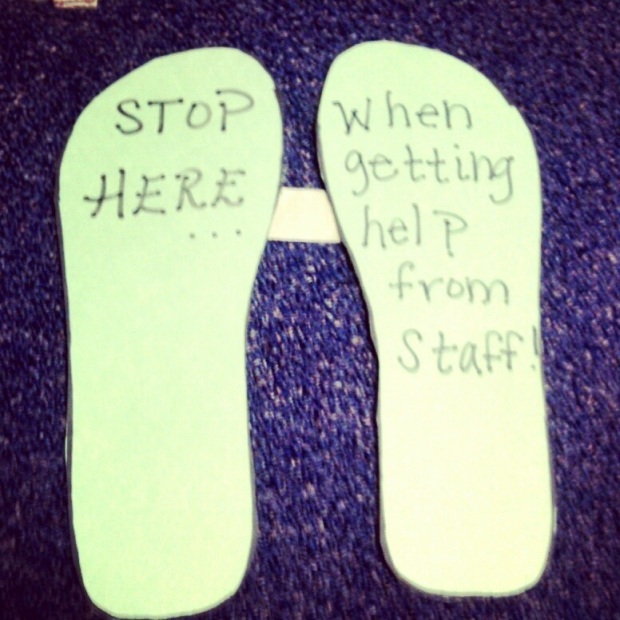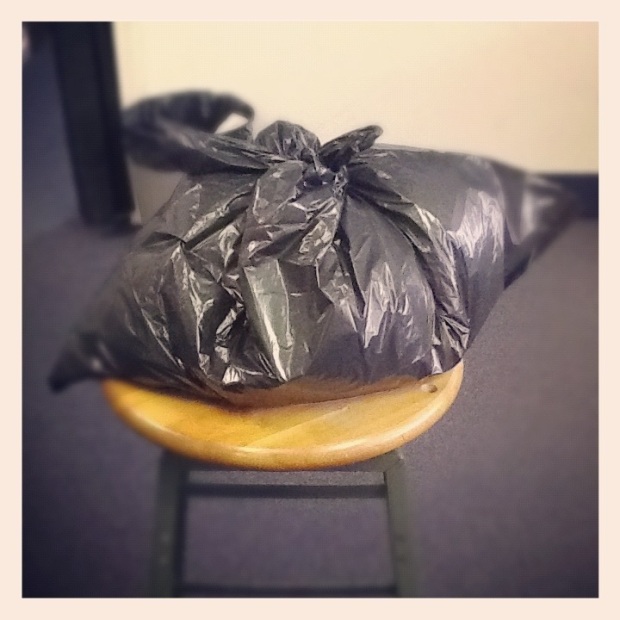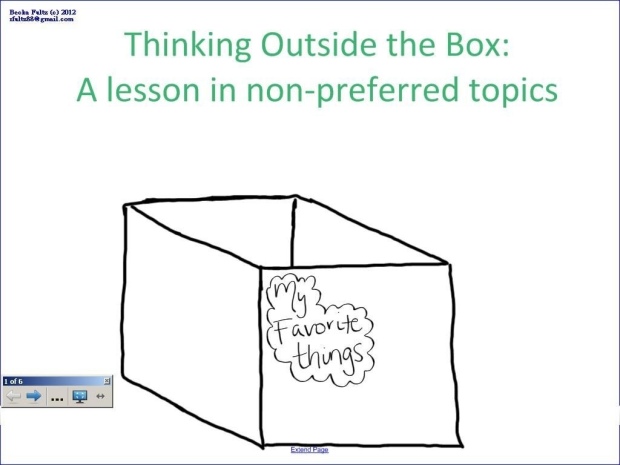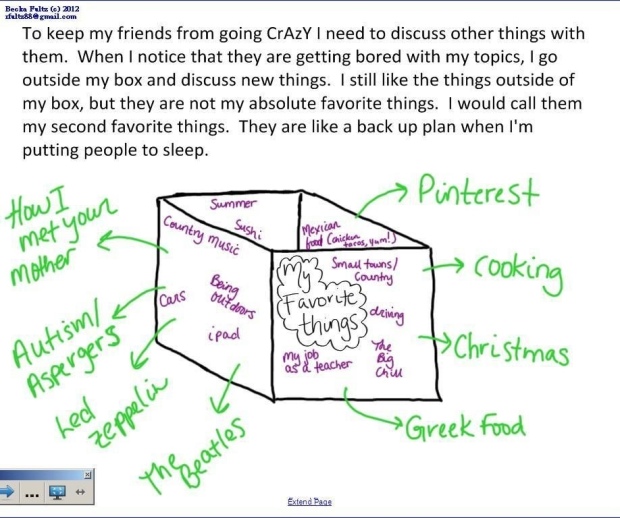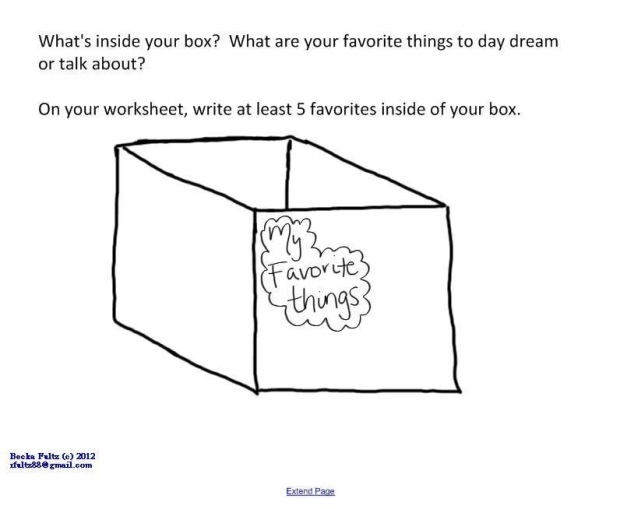Sometimes my students can be very self-deprecating, and they will speak about themselves in negative terms. I want them to remember that we all make mistakes, and it’s OK to remember that even through struggles and slip-ups, they are just as important as anyone else. I came up with the following solution to help them remember that they are kind, smart, and important!
—————————————————————————————————
I showed my students the following clip of the movie “The Help.”
Following the clip, I showed them the positive encouragement slips I had made. The slip (pictured below) features the movie quote “You is kind, You is smart, You is important” and a space for a note from me or my teaching assistant.
When my students talk negatively about themselves, or feel down about their abilities, I (or my teaching assistant) give them a slip. I make them look me in the eyes, and remind them that they ARE kind, smart, and SO VERY important, and then I hand over the slip.
I feel that Asperger’s and Autism can cause so much confusion, angst, and depression in the people it affects, especially teens. My experience is that they can see the difference between themselves and other teens/adults around them. When they notice that something is harder for them, takes them longer, is confusing, etc., they begin to feel negative about themselves. I’ve found this slip to be a fantastic way to put a smile on the faces of my students, and to show them that we are all different, as well as smart, kind, and important in our own ways.
The most important part of that quote to me, and for my students, is that they know how VERY important that they are. Autism, Asperger’s and disabilities in general hold a special place in my heart, and it is my hope that the individuals I work with or encounter are reminded that they are special and equally important, and that they take that knowledge with them wherever they go!
I hope that this post gives all of my readers an idea for how to incorporate positive encouragement in their classrooms, clinics, and even homes. Please feel free to use this idea and card as a launching pad for your own positive encouragement method!
Happy Saturday! 🙂
—————————-
Disclaimer: I am not affiliated with, nor do I own, The Help, mettacrawler @ YouTube, or Everything Emily. I appreciate the ability to use their property and content for the education of individuals with special needs, as well as my readers.




